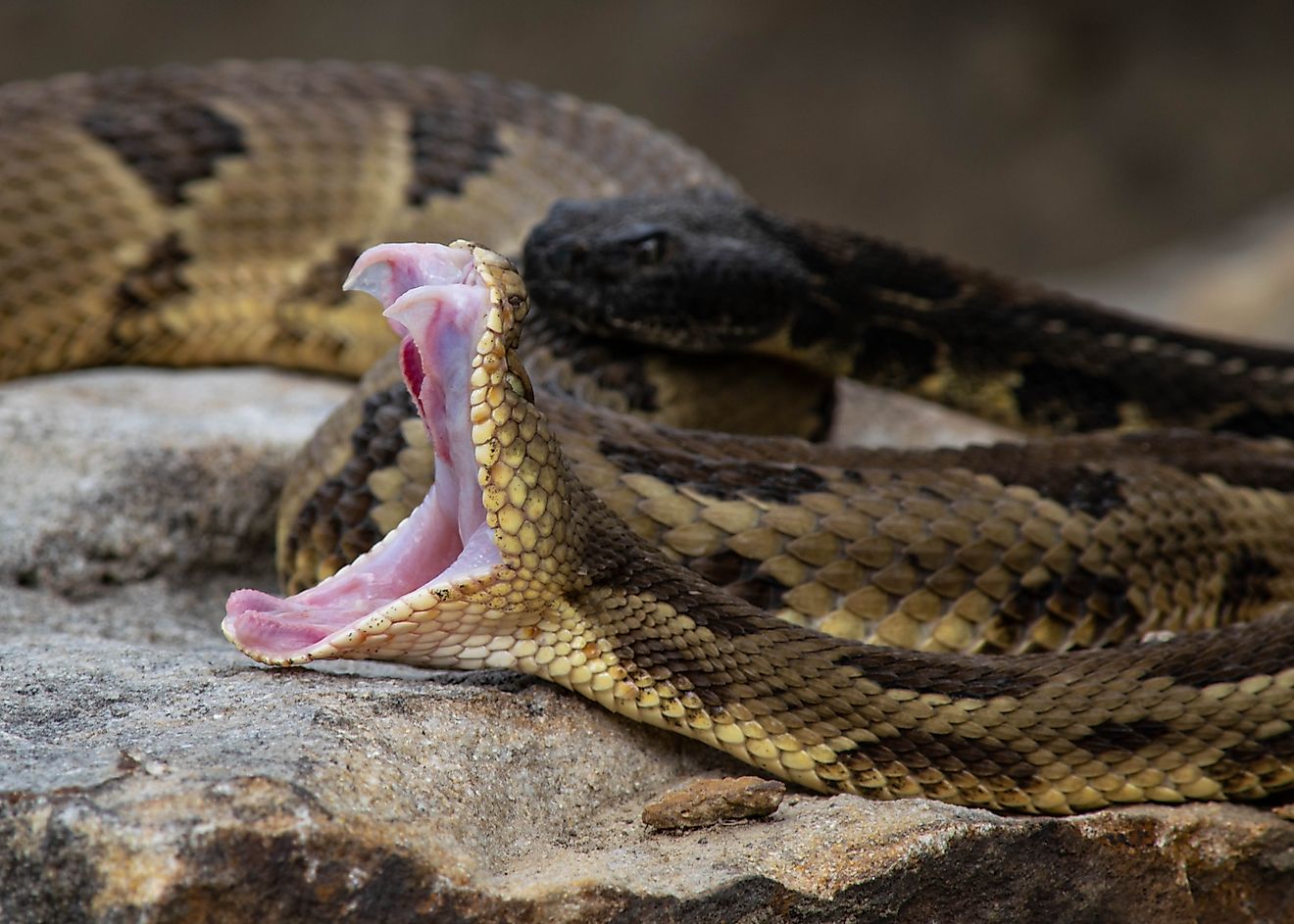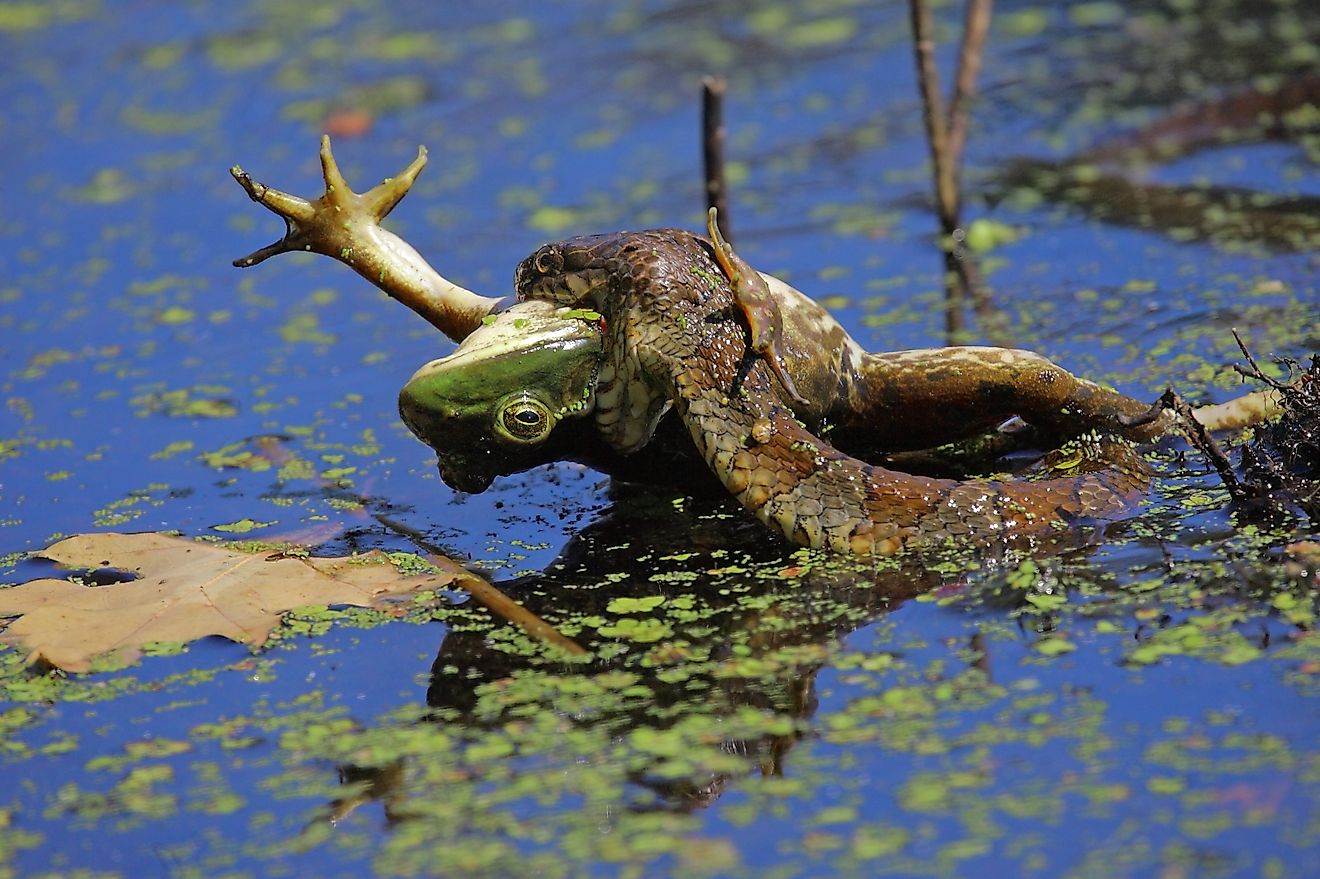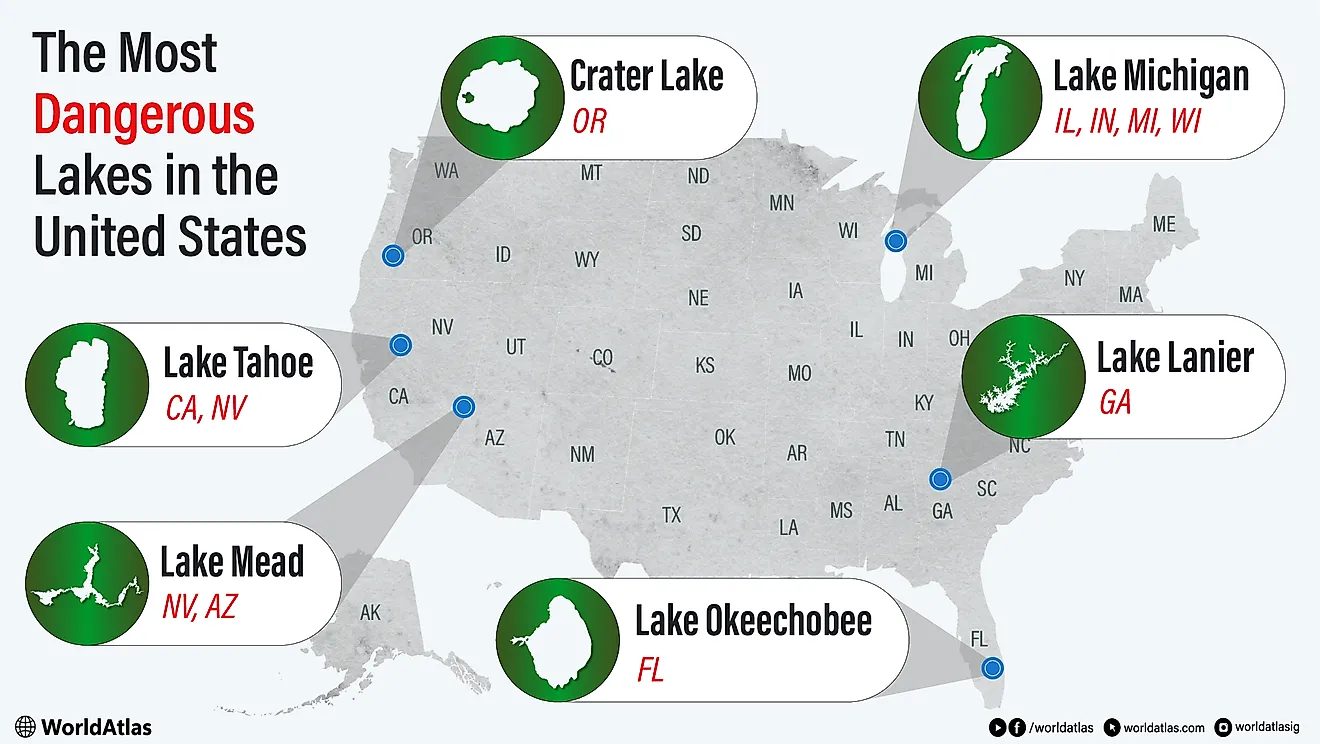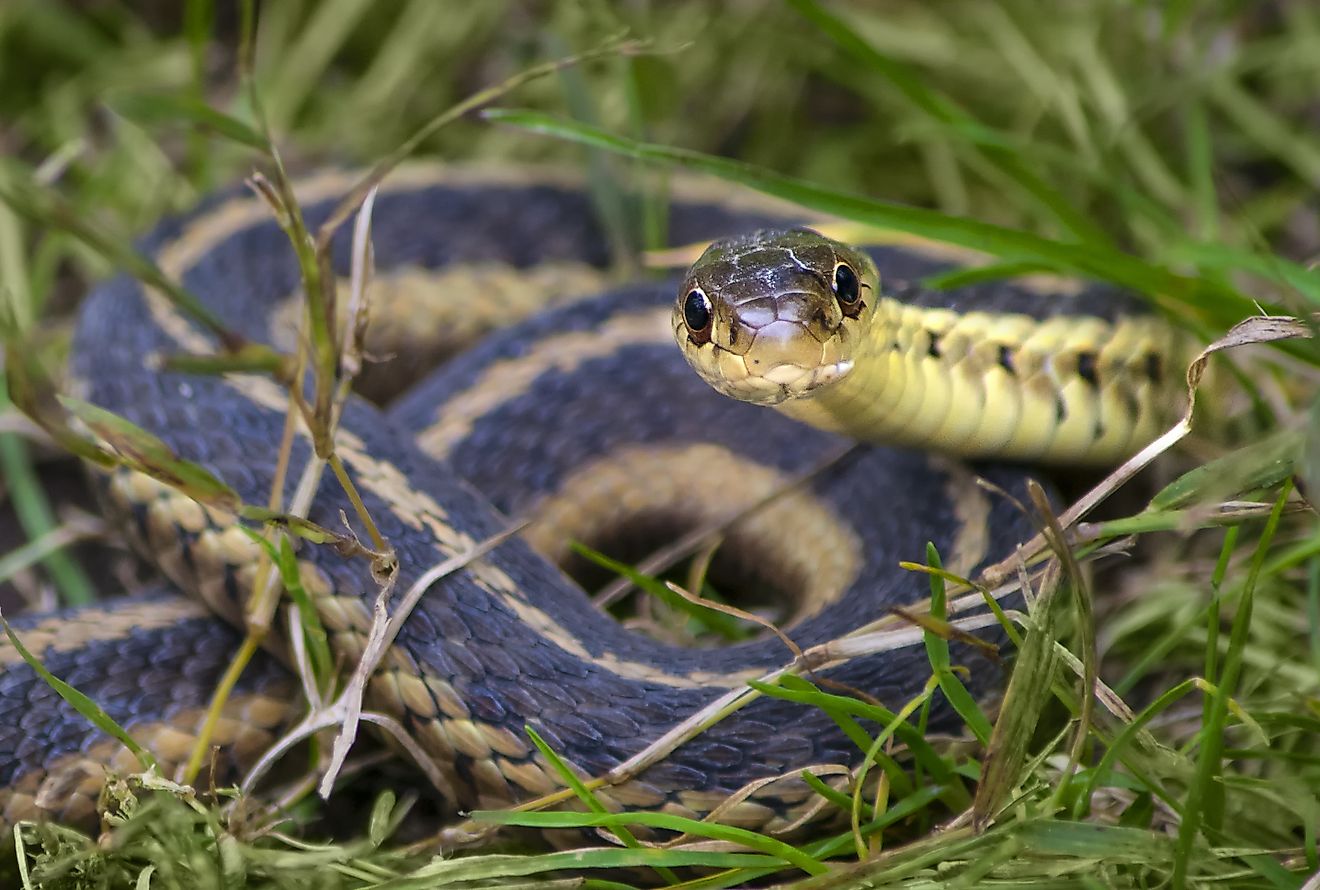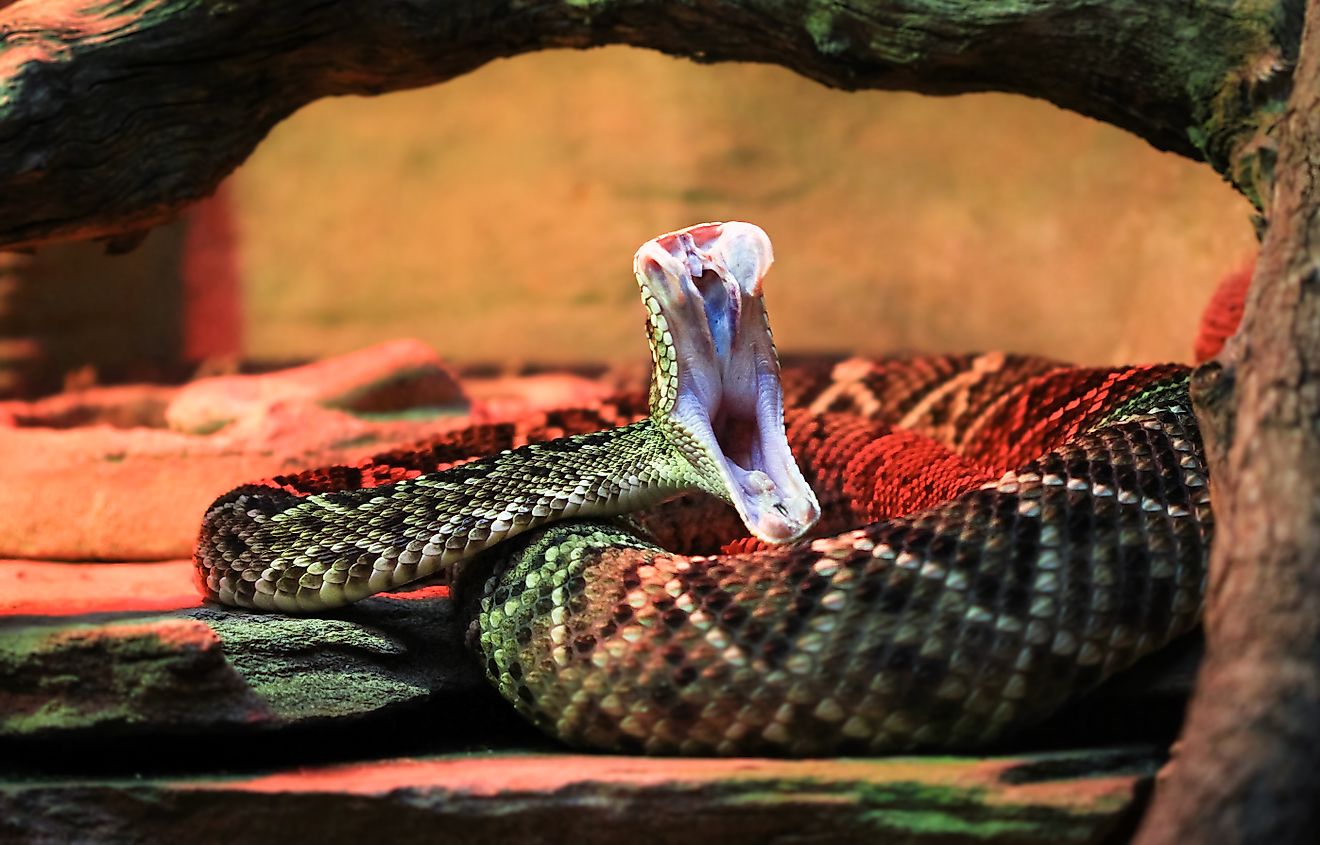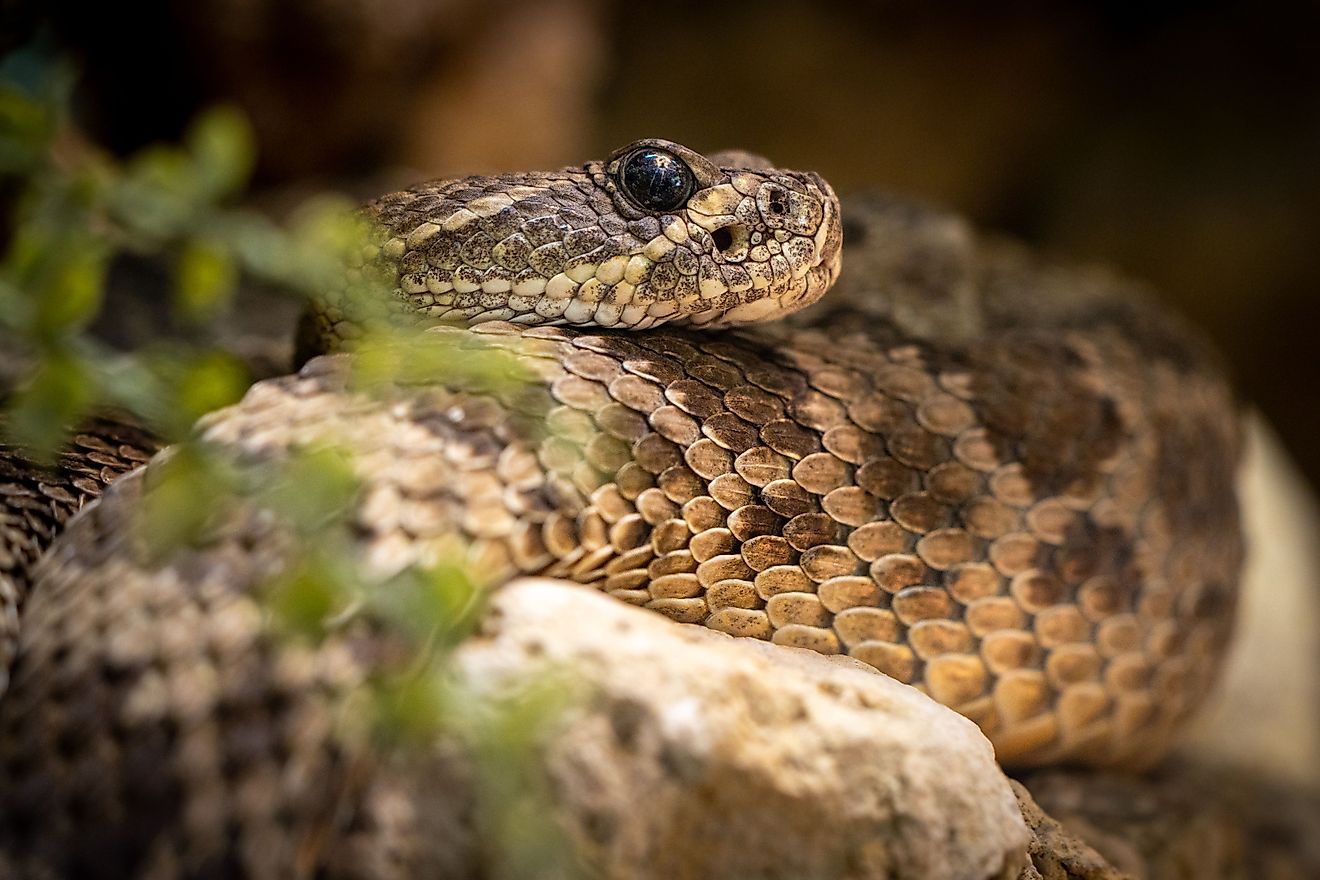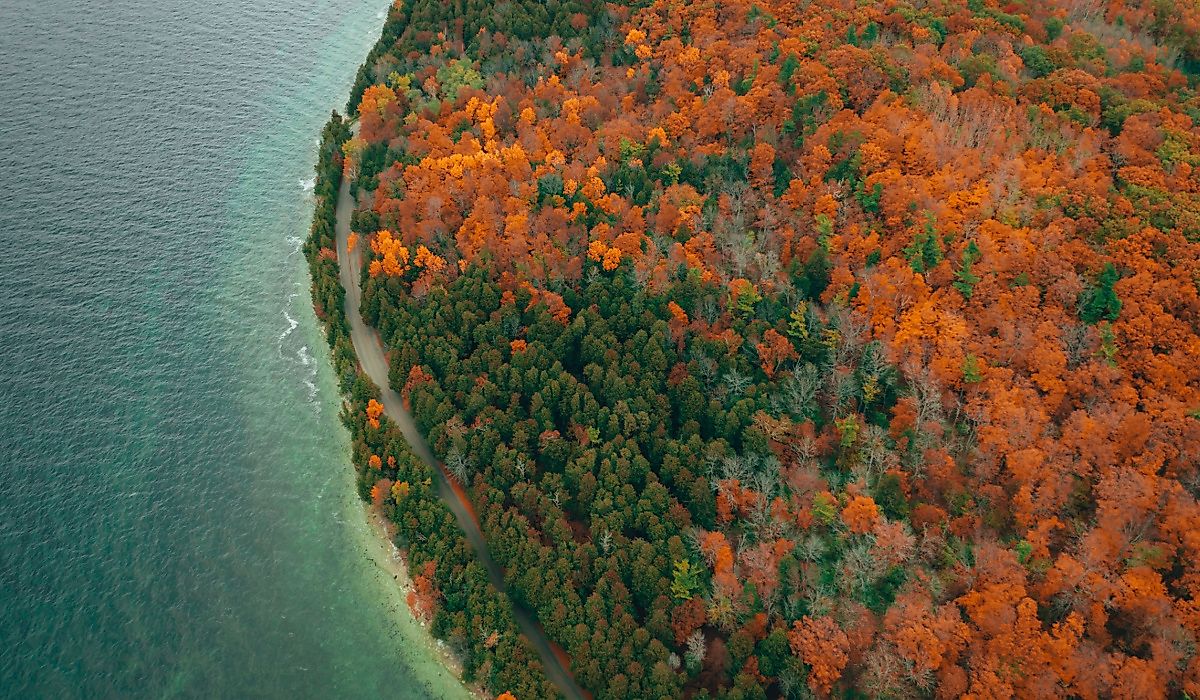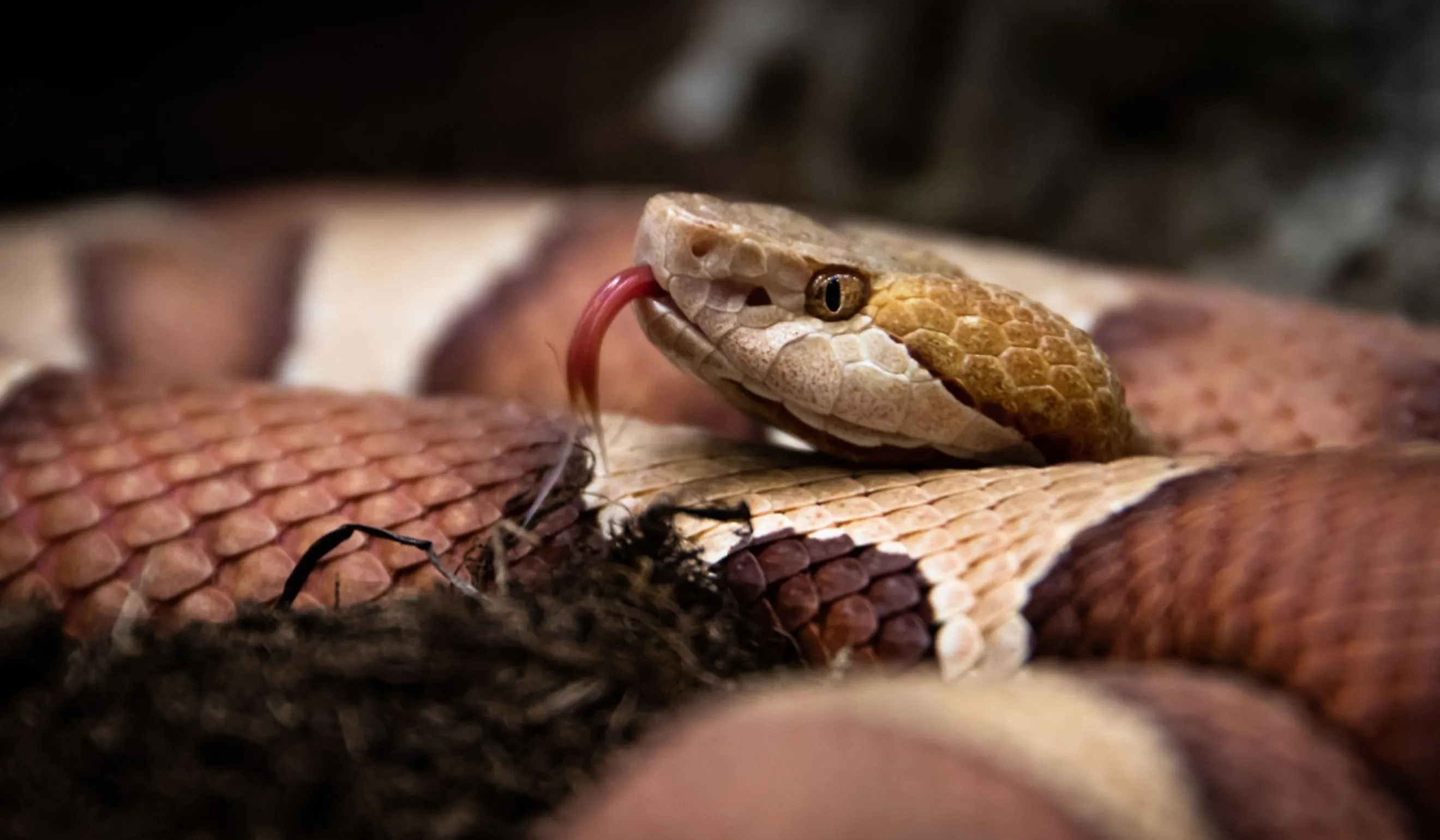
The Most Snake Infested Rivers In New York
New York has an abundance of bodies of freshwater, including lakes, ponds, reservoirs, streams, rivers, and two out of the five Great Lakes. New York has approximately 51,790 miles of river, of which 73.4 miles are designated as wild and scenic. New York’s rivers have many important roles, including supplying drinking water, providing flood control to protect life and property, and supporting recreation, tourism, agriculture, fishing, power generation, and manufacturing, while still providing habitat for aquatic plant and animal life, including 17 different species of snake. Some of New York’s snakes are seen more commonly than others. These are the most snake-infested rivers in New York.
Hudson River
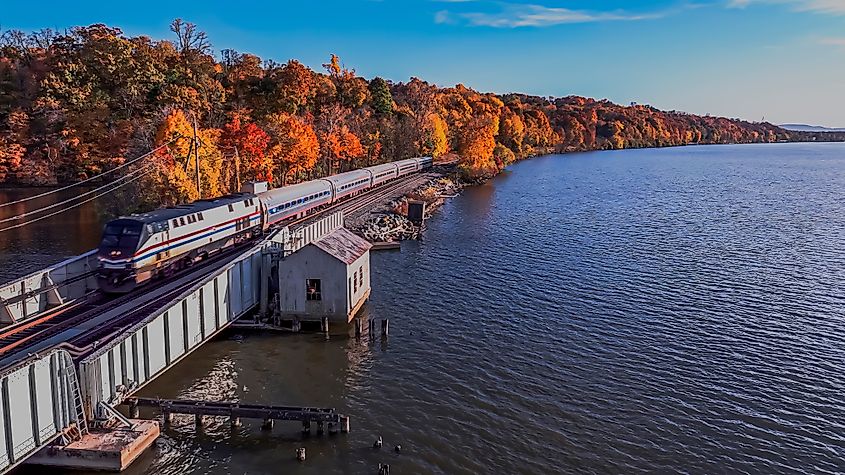
The Hudson River flows almost entirely within the state, with the exception of the final 21 miles, which straddle the edge between New York and New Jersey. The Hudson River originated in many postglacial lakes in the Adirondack Mountains. The Hudson River follows a winding course for the first 108 miles before flowing almost directly south for 200 miles to the Battery at the head of Upper New York Bay in New York City.
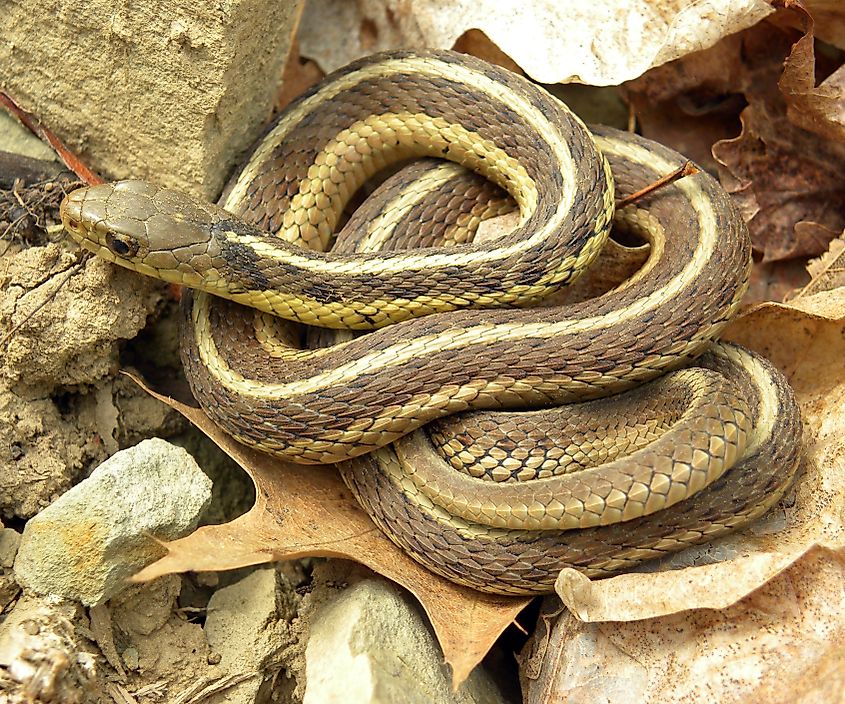
Many of New York’s species of snakes occupy the Hudson Valley, including the state's most widespread and frequently encountered snakes: the Garter Snake (Thamnophis sirtalis) and the Northern Water Snake (Nerodia sipedon).
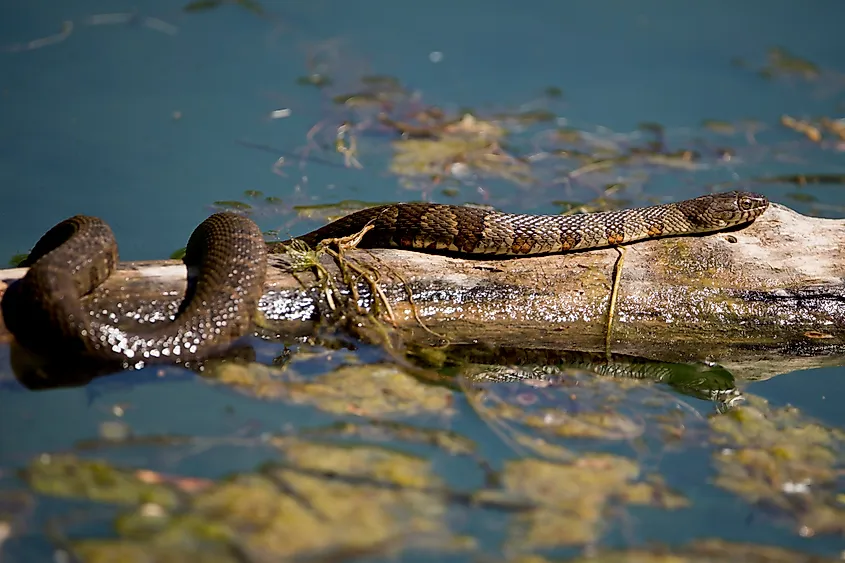
Garter Snakes are found in many habitats from backyards to forests, fields, ponds, and swamps, this is the archetypal snake which is hardy and resilient, and often found near permanent surface water, like ponds, lakes, and streams, in part because they can flee into water when threatened. The Northern Water Snake can be seen basking on rocks and prefers slow-moving or standing water near, such as ponds, seasonal pools of water, and lakes.
Delaware River
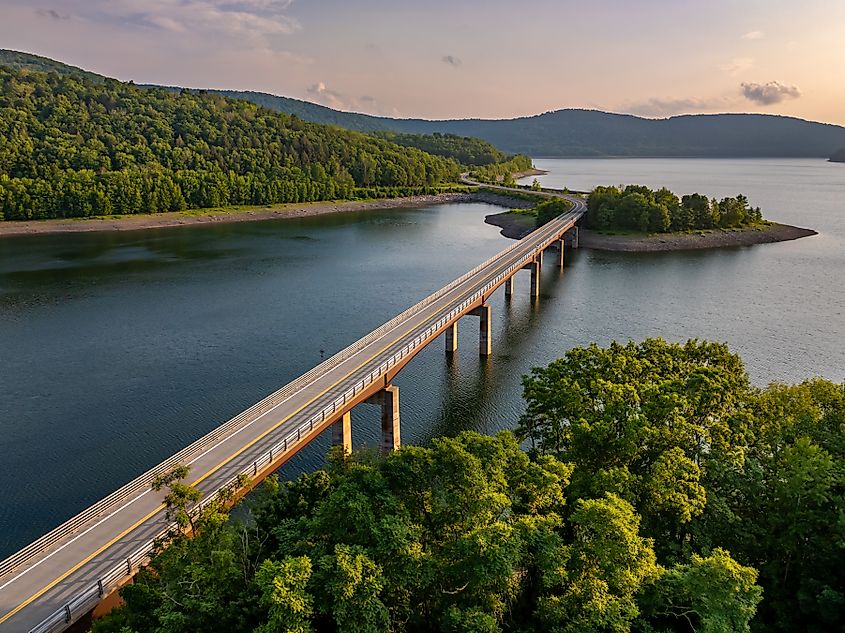
There are two branches of the Delaware River: the West Branch, which has its source somewhere around the Stamford Reservoir in Schoharie County, and the East Branch, which has its source in the town of Roxbury, on the eastern end of Delaware County. The two branches join in Hancock, New York, which is on the Pennsylvania border, where the Delaware River flows for 80 miles. The point where New York, New Jersey, and Pennsylvania meet is in the Delaware River, where it exits the state of New York. The rest of the river flows to the Atlantic Ocean.
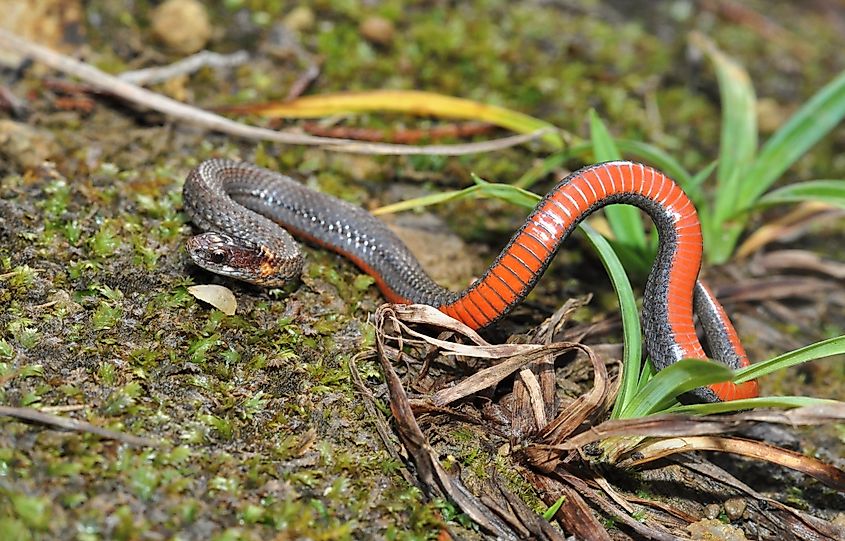
The Northern Watersnake is commonly seen in and along the Delaware River. However, there are other snakes found in both terrestrial and aquatic habitats in the Delaware River region. The Eastern Milksnake (Lampropeltis triangulum) can be found in fields, wooded areas, or rocky hillsides. The Northern Red Bellied Snake (Storeria occipitomaculata occipitomaculata) usually lives in the border between wooded and stream habitats.
Susquehanna River

The Susquehanna River is one of the largest rivers on the Eastern Seaboard of the United States. It rises in Otsego Lake, in central New York state, where it winds through the Appalachian Plateau in New York, Pennsylvania, and Maryland before flowing into the head of Chesapeake Bay at Havre de Grace, Maryland, after a course of about 444 miles.

Many species of snakes can be found in the Susquehanna River Watershed area, including two of the state’s three venomous snakes. The Timber Rattlesnake (Crotalus horridus) is now found in smaller numbers throughout the state, with isolated populations in southeastern New York, the Southern Tier, and on the edges of the eastern Catskills and Adirondacks. They are commonly found in deciduous hardwood forests in rugged terrain, but can also be found in lowlands and wetlands.
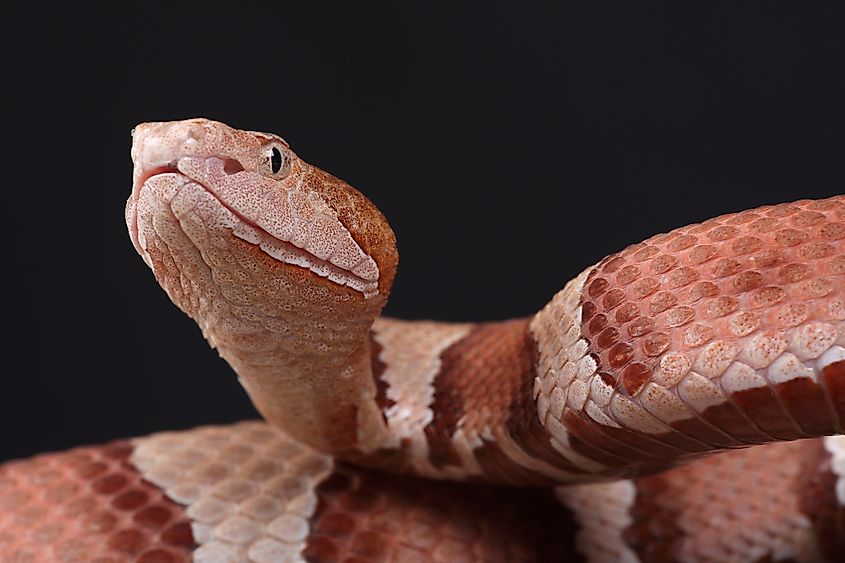
The Eastern Copperhead (Agkistrodon contortix) is another venomous snake native to New York, which can be seen in the Susquehanna River Watershed. However, they prefer habitats with exposed rocky outcrops and ledges in deciduous forests.
Genesee River
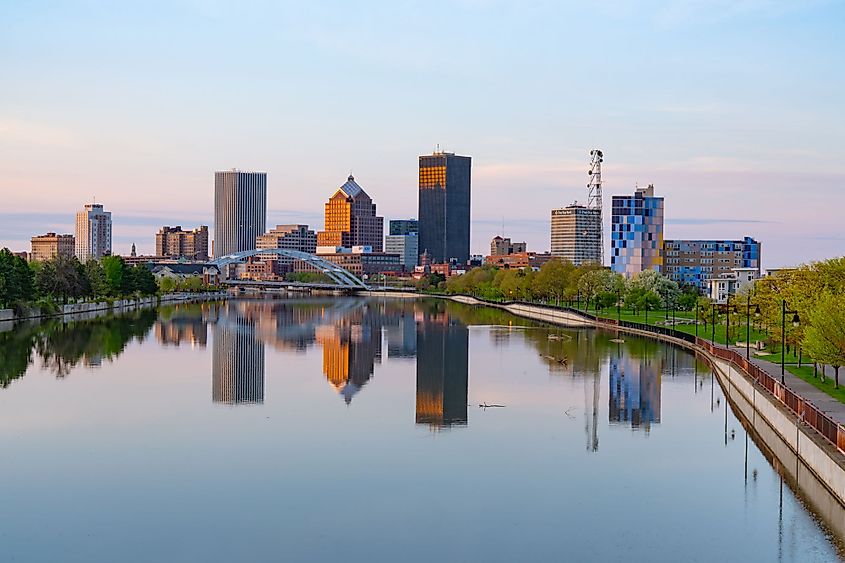
Although the Genesee River rises in Pennsylvania, it is mainly within New York. It rises in Pennsylvania, flows north and crosses the New York State Canal System, and intersects Rochester to enter Lake Ontario after a total course of 158 miles. The Genesee Valley was glaciated many times, leaving behind miles of soil, sand, and gravel. This type of terrain is a common location to find Eastern Hognose Snakes (Heterodon platirhinos). These snakes require these types of soil to bury themselves for hibernation.

New York’s third venomous snake, the Eastern Massasauga Rattlesnake (Sistrurus catenatus), is found in Genesee County. They are commonly found in areas with the following requirements: a mix of open, sunny areas and some shade for thermoregulation, a water table near the surface that does not freeze for hibernation, and variable elevation for foraging. They are usually seen in wet meadow habitats in the spring and fall.
While New York is home to many species of venomous and nonvenomous snakes, most of them reside in the Hudson Valley. Due to the Adirondack Mountains in upstate New York, many populations of snakes are isolated by mountainous terrain and are therefore rarely encountered by people. As for the most commonly seen snakes, they will most likely flee into water if startled by people, and therefore do not pose a threat.
